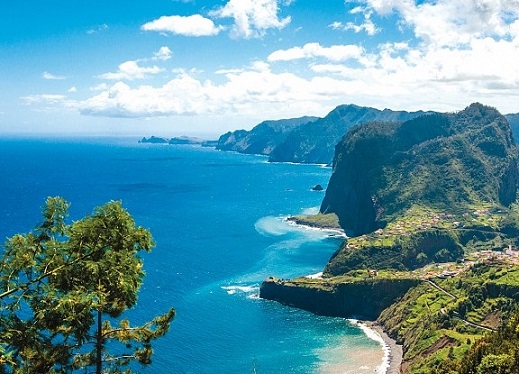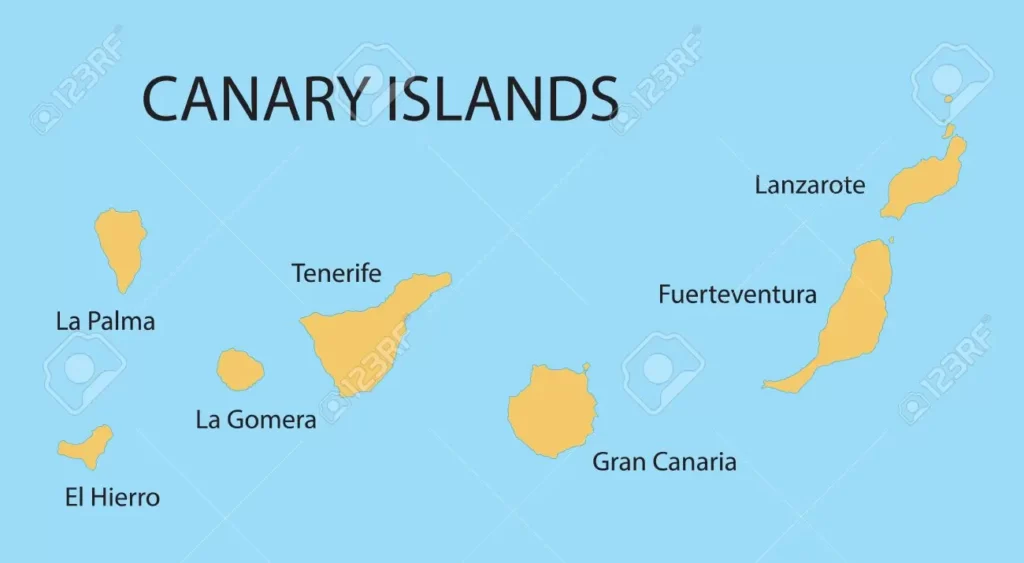
shahennews
Naming the Canary Islands:
Some believe that the Canary Islands were so named for the yellow birds known as canaries, but their name goes back to the Latin term insula canaria, “Insula canaria,” which means Isle of Dogs, and the ancient Romans were the first to call them, and some historians believe that the name came from the fact that the native inhabitants of the islands, they worshipped dogs, and these were. The Canes who lived on these islands were the reason for her name.
Canary Islands
The Canary Islands are archipelago (a group of islands close to the sea) off the coast of Africa, the remaining cones of long-extinct volcanoes, some of which are steep, the Canary Islands are made up of seven large islands, many other small islands, and Teneriffe Island is the largest island in the archipelago, and Fuerteventura is its second largest island, and the Spanish Canary Islands are located in the Atlantic Ocean, with the first island some 108 km from the northwestern part of the territory of Africa, divided into two parts or major groups: The western part, the eastern part, and the western part include many islands such as: Gran Canaria, the Faroe Islands and others, while the eastern part comprises: Lanzarote, Fuerteventura, these islands’ appearance is due to volcanic eruptions that occurred in the region millions of years ago, and the western islands are all over 1,200 m high.
The climate of the Canary Islands
The Canary Islands has a subtropical climate, temperatures are warm and show little seasonal variation; For example, the average temperature in Las Palmas in the afternoon of August is about 26 degrees Celsius, while in January the average temperature falls to about 21 degrees Celsius, and the annual rainfall, which is concentrated in November and December, is low and rarely exceeds 250 mm, except on the north-east side of the islands, the amount of rainfall may reach 750 mm.








